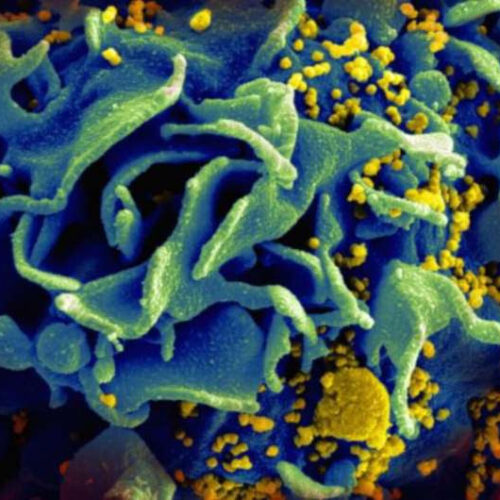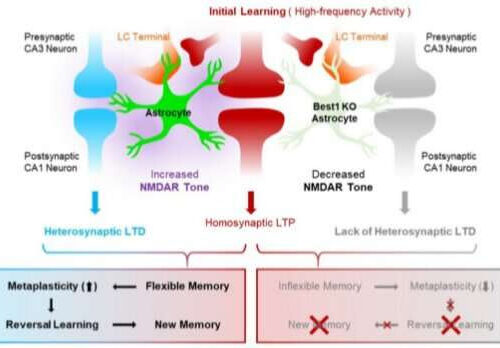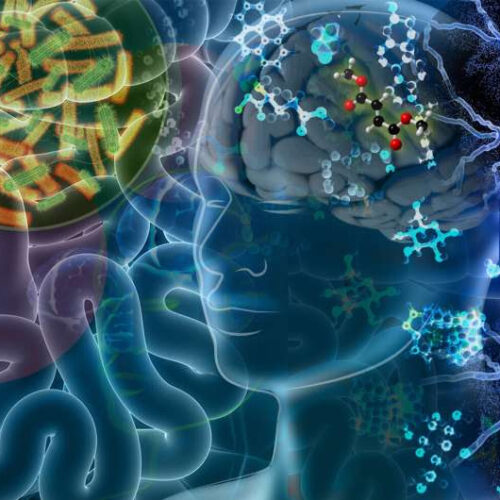by Kelsie Smith Hayduk, University of Rochester Medical Center Microscopic image of an HIV-infected T cell. Credit: NIAID Researchers with the Del Monte Institute for Neuroscience at the University of Rochester are studying how the brain puts the ‘brakes’ on behavior. That may be different in individuals recovering from cocaine addiction and who are also HIV-positive....
How we walk could impact future arthritis
by University of Sydney Credit: Unsplash/CC0 Public Domain A new study suggests a person’s walking style that places more pressure on the hips and knees can contribute to future osteoarthritis. Researchers say the key is to find and catch these habits ‘in the act’ early on. The way people move and unconsciously place pressure on certain...
Is it true that new medications treat obesity?
by Kathy Katella, Yale University “Obesity is a complex metabolic disease with a clear biological basis, and we can treat it with targeted therapy aimed at the biology,” says Ania Jastreboff, MD, PhD, a Yale Medicine adult and pediatric endocrinologist. Credit: Anthony DeCarlo There is no magic pill that will cure obesity, a condition that affects...
Star cells in the brain render memory flexible
by Institute for Basic Science Increasing calcium in hippocampal astrocytes induces co-release of D-serine and glutamate through Best1. Glutamate released from CA3 neurons can induce local norepinephrine release by activating presynaptic AMPAR in the LC terminal. The astrocytes increase the NMDAR tone, which is important for homo- and hetero-synaptic long-term depression (LTD) in nearby synapses. Credit:...
DNA nanotubes deliver therapeutics to glioblastoma tumors
by Gina Wadas, Johns Hopkins University Fig. 1. Ten nucleotide ssDNA-amphiphiles form parallel G-quadruplexes and self-assemble into hollow nanotubes.(A) Chemical structures of the 10-nt ssDNA-amphiphiles. (B) CD spectra in Milli-Q water and PBS of the free 10-nt ssDNA and the ssDNA-amphiphiles. (C) Schematic representation of the nanotubes and the ssDNA-amphiphiles in the nanotubes, not drawn to...
Could BOTOX be used to treat anxiety?
Researchers studied a sample of people receiving Botox for a variety of reasons Anxiety symptoms were reduced regardless of where Botox had been injected Further research will determine the mechanism by which Botox reduces anxiety By JONATHAN CHADWICK FOR MAILONLINE Botox injections can reduce anxiety by up to 72 per cent, surprise findings from a new...
Scientists identify gut-derived metabolites that play a role in neurodegeneration
by CUNY Advanced Science Research Center A new study has identified gut-derived metabolites that appear to be neurotoxic and play a role in the progression of multiple sclerosis. Credit: Nicoletta Barolini A New York-based, multi-institutional research team has found high levels of three toxic metabolites produced by gut bacteria in the cerebrospinal fluid and plasma samples...
Breakthrough discovery key to reversing ALS
A TAU-led research team has uncovered a core mechanism that causes ALS and succeeded in reversing its effects. While the root cause of ALS remains unknown, the discovery reveals the basic biological mechanism that leads to nerve destruction in the early stages of the incurable disease that afflicts an estimated one out of every 400...
Investigating the relationship between inflammatory bowel disease and C. diff
The gut-infecting bacterium, Clostridioides difficile, commonly known as C. diff, sickens half a million people and causes up to 30,000 deaths in the United States each year. Often, C. difficile infection occurs after antibiotic treatment, which inadvertently kills members of the gut microbiota—the community of microbes living in our intestines—that normally bar C. difficile from invading the gut. However,...
Clearing cholesterol crystals with a new nanoparticle
An innovative nanoparticle could one day help address an untreatable risk factor for heart attacks and strokes: cholesterol crystals that trigger inflammation and evade medications. “Although lipid-lowering drugs substantially prevent cardiovascular events in atherosclerosis, some patients still suffer from high residual risk because the existing cholesterol crystals in the atherosclerotic plaques activate immune cells and...







